Hidden Havens: 7 Under-the-Radar Destinations for the Discerning Traveler
Have you ever dreamed of standing where few have stood, experiencing wonders that most guidebooks have yet to discover? In a world where social media influencers seem to have infiltrated every picturesque corner, is it still possible to find truly hidden gems? The answer is a resounding yes—if you know where to look.
Imagine walking through an alien landscape dotted with bizarre dragon blood trees or watching the sky and earth merge into one on a vast salt flat. Picture yourself exploring an ancient fortress perched high in the clouds, far from the well-trodden paths of mainstream tourism. These aren’t scenes from a science fiction novel or a fantasy film—they’re real places waiting to be discovered by the intrepid traveler.
This adventure will lead you away from the usual routes to seven amazing locations that have remained undiscovered by many. From remote islands to surreal landscapes, these hidden havens promise unique adventures, cultural immersion, and breathtaking vistas that redefine your travel concept. So, pack your sense of wonder and leave your preconceptions behind—it’s time to explore the world’s best-kept secrets.
Faroe Islands, Denmark: A Nordic Paradise
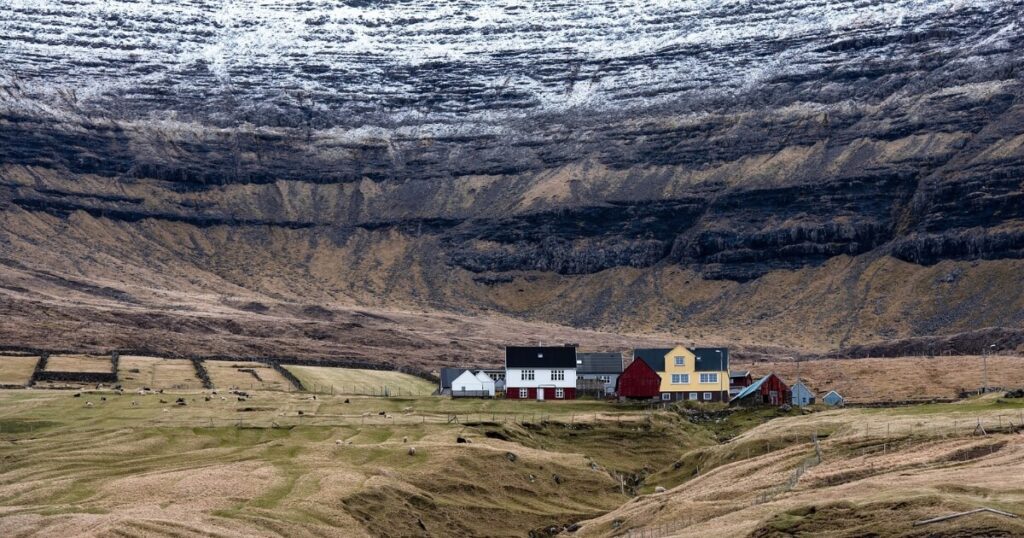
Nestled between Scotland and Iceland, the Faroe Islands are a dream come true for nature enthusiasts and photographers. This autonomous region of Denmark boasts dramatic landscapes, including towering sea cliffs, cascading waterfalls, and lush green valleys. The archipelago consists of 18 major islands, each offering unique experiences.
A rich cultural heritage complements the islands’ rugged beauty. Traditional Faroese music, characterized by haunting ballads and chain dances, still thrives here. Local cuisine is a testament to resourcefulness, featuring dishes like fermented lamb and wind-dried fish.
For adventure seekers, the Faroe Islands offer world-class hiking trails. The hike to Lake Sørvágsvatn, also known as the “floating lake,” provides an optical illusion where the lake hovers above the ocean. Bird enthusiasts will be delighted to observe uncommon birds such as the Atlantic puffin and the storm petrel.
The islands are also at the forefront of sustainable tourism, with initiatives to preserve their pristine environment. Visitors can participate in “voluntourism” projects, contributing to local conservation efforts while experiencing the island’s raw beauty.
Comporta, Portugal: The Alentejo Coast’s Hidden Gem
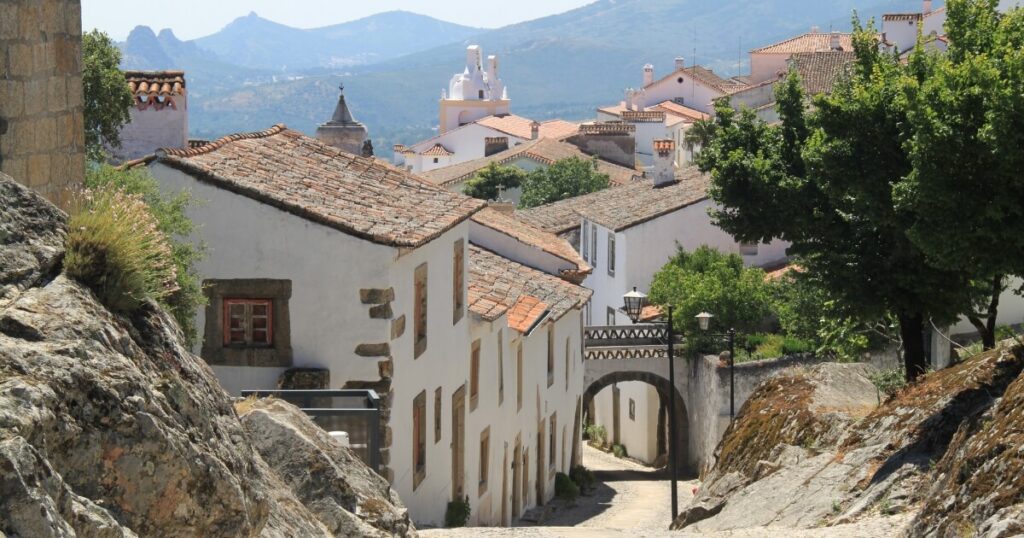
Often overshadowed by the Algarve, Comporta is Portugal’s best-kept secret. This laid-back fishing village on the Alentejo coast offers pristine beaches, excellent seafood, and a tranquil atmosphere. Comporta’s unique blend of rustic charm and understated luxury sets it apart.
The region’s distinctive architecture features traditional cabanas with thatched roofs that dot the landscape. Once used by fishermen, these structures have been transformed into chic boutiques and restaurants, preserving their heritage while embracing modernity.
Comporta’s ecosystem is incredibly diverse. The nearby Sado Estuary Natural Reserve is home to wildlife, including flamingos, storks, and a resident dolphin population. Nature lovers can explore the reserve by boat or kayak, immersing themselves in this biodiverse wonderland.
The area is also known for its rice production, with vast paddies stretching across the landscape. Visitors can learn about traditional rice cultivation methods and sample local rice dishes, a staple of the region’s cuisine.
For those interested in wellness, Comporta offers a range of holistic experiences. The area caters to travelers seeking rejuvenation in a serene setting, from beachside yoga sessions to therapeutic sand baths.
Gili Air, Indonesia: A Tropical Island Retreat
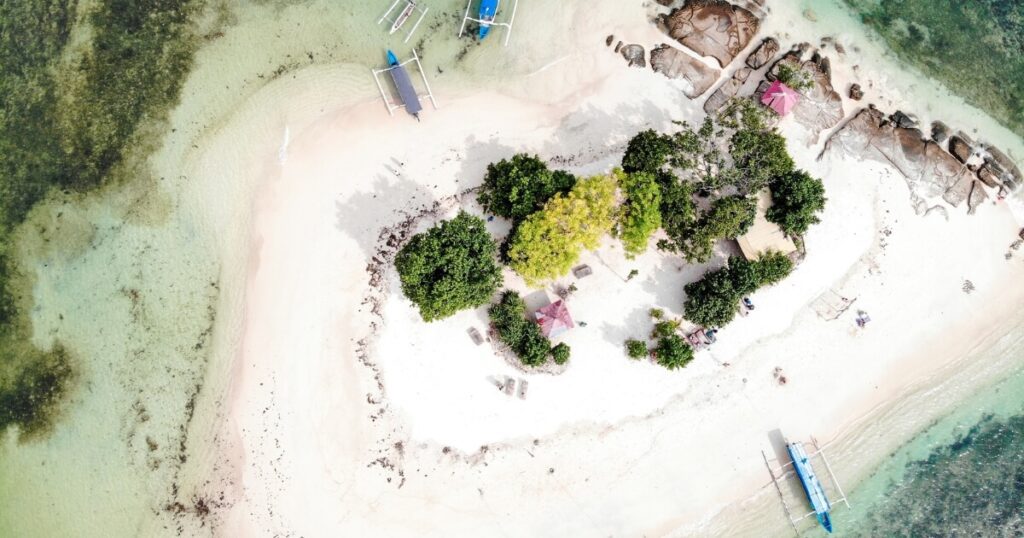
While Bali attracts millions of tourists each year, the nearby Gili Islands remain relatively undiscovered. Gili Air, the smallest of the three main Gili Islands, offers serenity and adventure. With no motorized vehicles allowed, this car-free paradise is ideal for those looking to disconnect and unwind.
The coral reefs surrounding the island are abundant with marine creatures, creating a paradise for snorkeling and diving enthusiasts. Encounters with sea turtles are common, and the vibrant underwater world includes colorful fish, reef sharks, and even the occasional manta ray.
Gili Air’s laid-back atmosphere extends to its accommodations, which range from eco-friendly bungalows to boutique resorts. Many of these embrace sustainable practices, such as using solar power and implementing water conservation measures.
The island’s interior is worth exploring, with lush coconut groves and small farms where locals cultivate tropical fruits and vegetables. Visitors can take cooking classes to learn about traditional Sasak cuisine, incorporating fresh, local ingredients.
As night falls, Gili Air offers a unique stargazing experience. The night sky comes alive with minimal light pollution, revealing constellations rarely seen in more developed areas.
Salar de Uyuni, Bolivia: A Surreal Salt Flat Experience
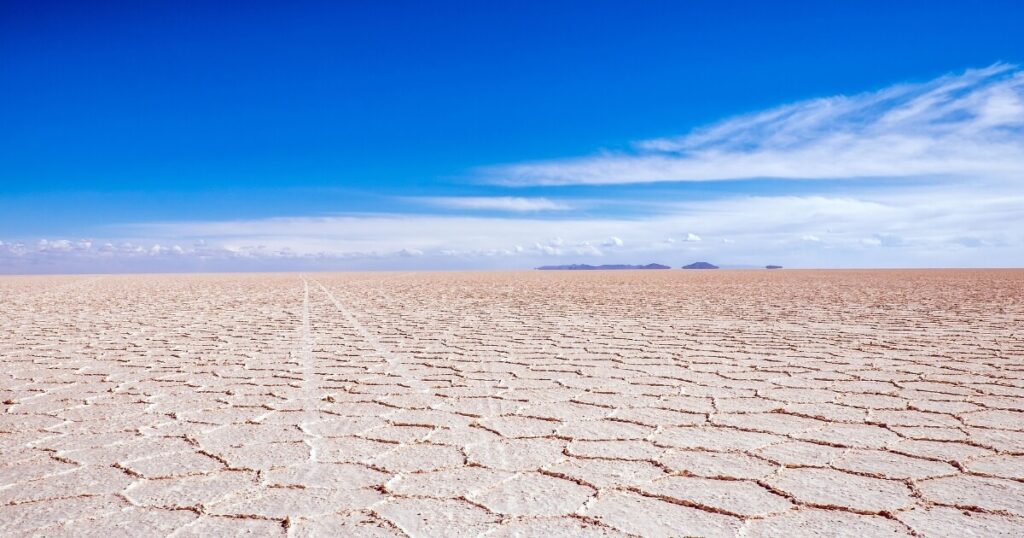
For a truly otherworldly experience, head to Salar de Uyuni in Bolivia. This vast salt flat, spanning over 4,000 square miles, creates a mirror-like surface during the rainy season, blurring the line between sky and earth. The dry season reveals intricate salt patterns and bizarre rock formations, making it a photographer’s paradise year-round.
The salt flat is the remnant of a prehistoric lake that dried up, leaving behind a thick salt crust. This layer, reaching depths of several meters in some areas, holds a substantial amount of the global lithium reserves.
Beyond the salt flat itself, the surrounding area offers a diverse range of landscapes. The Eduardo Avaroa Andean Fauna National Reserve features colorful lagoons, active volcanoes, and geothermal fields with bubbling mud pools and steaming geysers.
Wildlife enthusiasts will appreciate the unique fauna adapted to this harsh environment. Flamingos thrive in the mineral-rich lagoons, while rare Andean foxes and viscachas (resembling a cross between a rabbit and a chinchilla) can be spotted in the surrounding areas.
To fully immerse themselves in the experience, guests can lodge in hotels built completely from salt blocks. These unique accommodations offer comfort while showcasing the versatility of the region’s most abundant resource.
Hokkaido, Japan: Nature’s Wonderland in the North
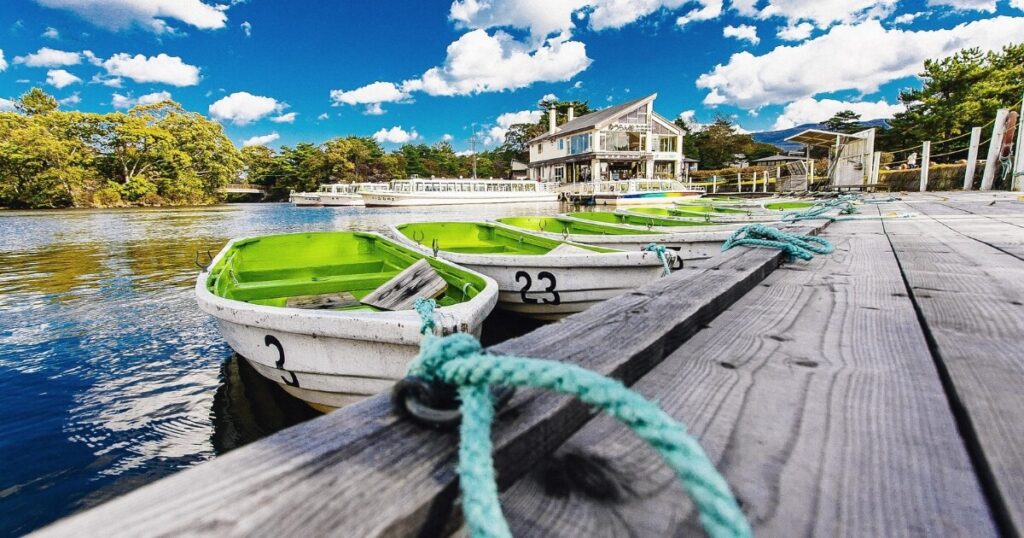
While Tokyo and Kyoto draw countless visitors, Hokkaido remains Japan’s wild frontier. This northernmost island offers breathtaking natural beauty, from volcanic landscapes to pristine lakes and dense forests. Winter transforms into a powder snow paradise for ski enthusiasts, while summer brings fields of colorful flowers and excellent hiking opportunities.
Hokkaido’s diverse ecosystems support a wide array of wildlife. Lucky visitors might spot Ezo red foxes, sika deer, or brown bears in the island’s national parks. The wetlands of Kushiro are home to the rare red-crowned crane, an iconic symbol of longevity in Japanese culture.
The island’s volcanic activity has resulted in numerous hot springs (onsen). These natural baths, set against stunning backdrops, offer a uniquely Japanese way to relax and rejuvenate. Some onsen resorts even allow visitors to bathe outdoors while snow gently surrounds them.
Hokkaido’s culinary scene is a major draw for food lovers. The island is renowned for its fresh seafood, dairy products, and agricultural produce. Visitors can sample local specialties like Hokkaido ramen, Genghis Khan (grilled lamb), and the famous Yubari melon.
Hokkaido has also gained recognition in recent years for its wineries and distilleries. The cool climate is ideal for producing crisp white wines and smooth whiskies, offering a taste of Japan’s emerging craft beverage scene.
Socotra Island, Yemen: An Alien Landscape on Earth

Frequently referred to as the “most otherworldly place on the planet,” Socotra Island is a UNESCO World Heritage site renowned for its distinct plant and animal life not seen anywhere else. The iconic dragon blood trees, with their distinctive umbrella-shaped canopies, dot the landscape, creating an almost surreal environment.
Socotra’s isolation has led to the evolution of unique plant species. Aside from the dragon blood trees, the island is home to the bottle trees and the Socotra cucumber tree. Around 37% of the island’s plant species are endemic, meaning they’re found nowhere else on Earth.
The island’s diverse terrain includes white sand beaches, limestone caves, and the Hajhir Mountains, which rise dramatically from the coastal plains. The mountains create a microclimate that supports cloud forests, adding another layer of biodiversity to this remarkable ecosystem.
Marine life around Socotra is equally impressive. The waters surrounding the island are home to vibrant coral reefs, pods of dolphins, and occasional whale sharks. Snorkeling and diving offer opportunities to explore this underwater wonderland.
Despite its otherworldly appearance, Socotra has been inhabited for thousands of years. The local culture, including the Soqotri language, has been preserved due to the island’s isolation. Visitors can interact with local communities, learning about traditional practices such as harvesting dragon’s blood resin for medicinal purposes.
Kuelap, Peru: The Machu Picchu of the North
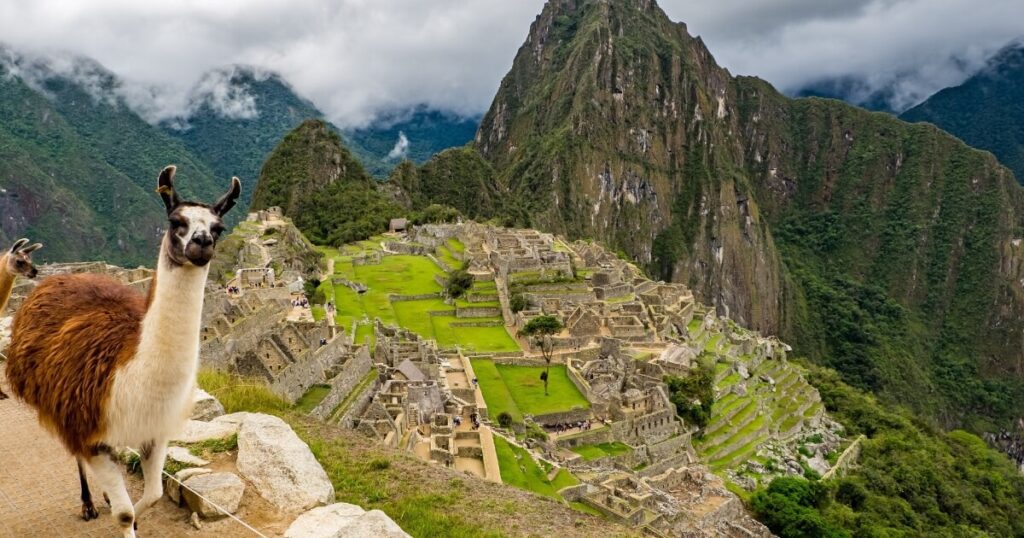
While Machu Picchu draws millions of visitors annually, the ancient fortress of Kuelap remains relatively unknown. Perched atop a mountain in northern Peru, this pre-Incan citadel offers a glimpse into the mysterious Chachapoya culture. Kuelap provides a more intimate archaeological experience with fewer crowds and equally impressive views.
Built in the 6th century CE, Kuelap predates Machu Picchu by nearly 1,000 years. The fortress walls, up to 60 feet high, encompass more than 400 circular dwellings. The sophisticated architecture includes intricate friezes and complex drainage systems, showcasing the advanced engineering skills of the Chachapoya people.
The surrounding cloud forests of the Amazonas region are rich in biodiversity. Birdwatchers can spot species like the Andean cock-of-the-rock and the spatuletail hummingbird. The area is also home to spectacled bears, South America’s only native species.
Recently, a cable car system was installed to improve access to the site, offering spectacular views of the Utcubamba Valley during the ascent. This modern addition contrasts beautifully with the ancient ruins, symbolizing the blend of past and present in this remote corner of Peru.
Nearby, the Leymebamba Museum houses a collection of over 200 mummies discovered in the Lake of the Condors, providing further insight into the Chachapoya culture. This combination of natural beauty, ancient history, and modern convenience makes Kuelap a truly unique destination for the discerning traveler.

